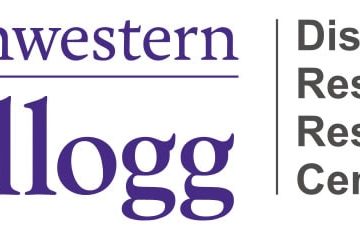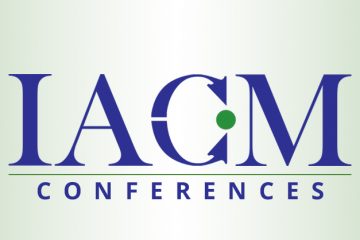NCMR 15(1) Table of Contents

Negotiation & Conflict Management Research
Table of Contents for 15(1)
NCMR is the Official Journal of the International Association for Conflict Management and Proud to Publish as an Open Access Journal
Grunig, J. E. (2022). Negotiation and conflict management: Two valuable tools in the public relations toolbox. Negotiation and Conflict Management Research, 15(1), 1-5.
Abstract: This introductory essay summarizes my research and theorizing over more than 50 years about the nature of public relations, how and why it is practiced in different ways, and how it can be practiced most effectively and ethically. I have concluded that public relations will be most ethical and have the most value for publics, organizations, and society when the function is involved in the strategic management processes of organizations and is practiced with a symmetrical approach rather than a purely asymmetrical approach. Some scholars have criticized this approach, and I discuss and respond to their critiques. The essay also addresses the role of negotiation and conflict management in public relations and explains how public relations can help manage organization-public conflict by steering organizations toward a symmetrical resolution of conflicts and away from the conflicts that eventually occur when organizations engage in one-way, asymmetrical, and unethical communication strategies.
Lee, Y., & Chon, M.-G. (2022). “Don’t go, don’t buy”: Understanding the motivations of the anti-Japan boycott movement in South Korea during an international conflict. Negotiation and Conflict Management Research, 15(1), 6-31. https://doi.org/10.34891/zjpg-xg89
Abstract: Using the case of the 2019 boycott of Japanese products in South Korea, this study aims to investigate how consumers are motivated to participate in a national boycott movement during an international conflict via a theoretical model. Drawing insights from conflict management, consumer behavior, and public relations literature, this study identified key predictors of consumer animosity, which motivated Korean publics to engage in negative peer communication and boycott Japanese products and services. The results of an online survey revealed that Korean consumers’ patriotism, susceptibility to normative influence, and perceived quality of relationship with the foreign (Japanese) government significantly increased their animosity toward the country, Japan. Consumer animosity played an important role in publics’ conflict management strategies, including activeness in negative communication with their peers about Japan and Japanese products and intentions to participate in the national boycott movement. Theoretical and practical implications are discussed.
Cheng, Y., & Fisk, A. (2022). Toward a contingency theory of relating management: Exploring organization-public relationships (OPRs) in conflicts. Negotiation and Conflict Management Research, 15(1), 32-51.
Abstract: This paper presents the theoretical rationale for a contingency theory of relating management. The purpose of building such a contingency approach is to assist organizations in assessing and managing the dynamics of relationships with their external and internal publics when conflicts arise. Through integrating interdisciplinary literature from public relations and conflict management, this theoretical framework argues that contingent organization-public relationships (COPRs) in the conflict management process are highly dynamic and complex. COPRs influence relationship qualities and depend on three main categories of antecedents, including predisposing, situational, and contextual elements. An up-to-date case about conflicts between Johnson & Johnson and its baby powder consumers was analyzed to illustrate propositions from the postulated theory. Implications of this article help to move public relations theory beyond static and microlevel measurements of relationships and add value to the conflict theory literature, which mainly focuses on intra-organizational or interpersonal conflicts.
Pang, A., & Cameron, G. T. (2022). Conflict positioning in crisis communication: Impact of antecedent conditions on negotiation. Negotiation and Conflict Management Research, 15(1), 52-77.
Abstract: Organizations need to position themselves favorably in times of crisis. The conflict positioning conceptualization offers a framework for organizations to do so by integrating insights of crisis communication with negotiation through the following steps. First, understanding the factors that will affect an organization’s ability to handle the crisis. Second, based on the influence of these factors, examine the stance the organization will adopt. Third, examine the strategies the organization will embrace. Four, the strategies adopted will impact the conflict property it aims to resolve which will in turn influence the negotiation approach and the relationship dynamics between the organization and its publics. Last but not least, how these will impact the tactics enacted. Ten propositions, based on examination of five a priori factors which have also been validated in other studies, are examined. This is followed by application of how conflict positioning can occur in two real-life cases. This framework offers practical applications and theoretical implications.


